Suspension Tech: What are Sway Bars?
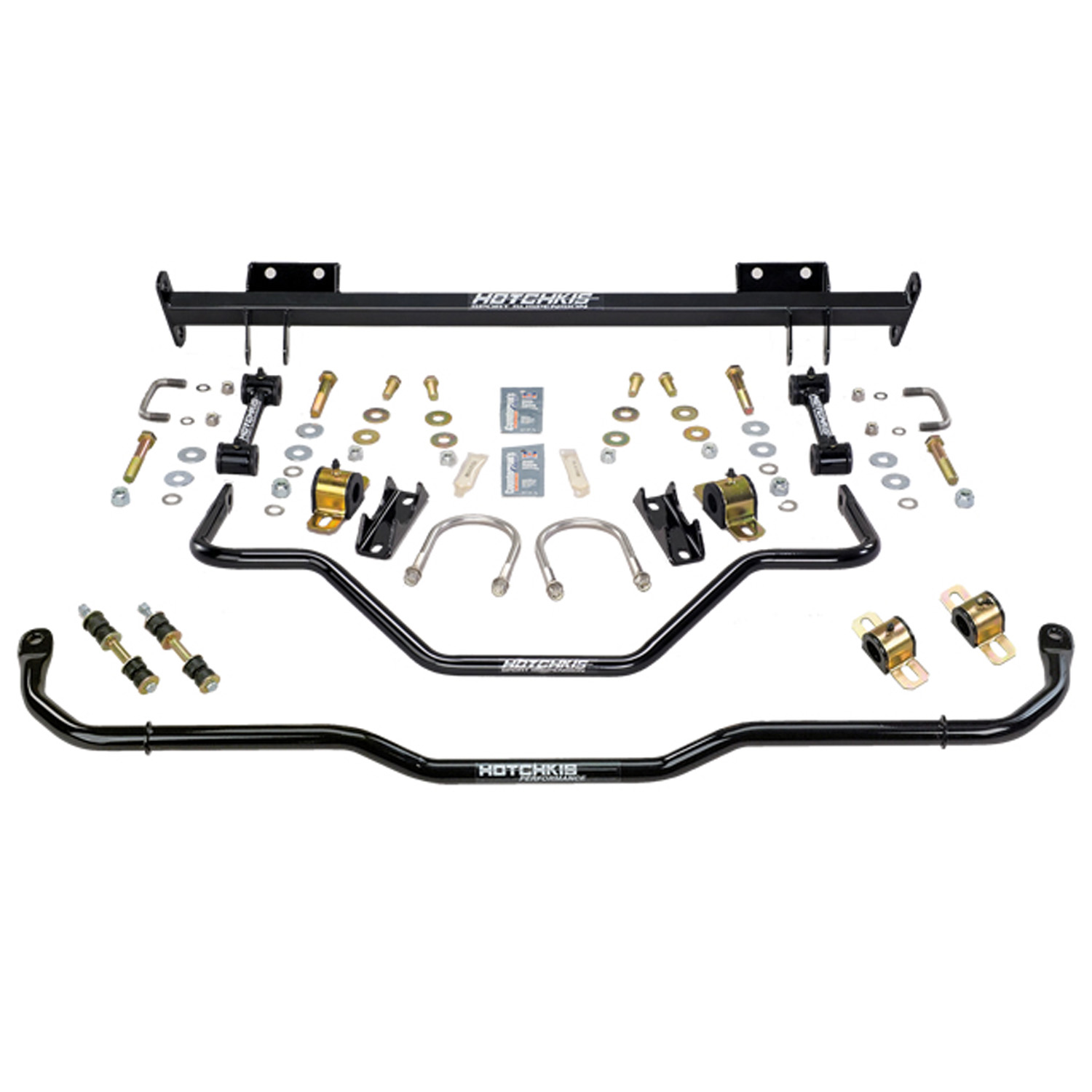
You look under your Mustang and see those bars going across from one control arm to another. They attach by a set of links and move with the suspension. Those bars are your sway bars, and they have a big job being attached to your car. We’ll discuss that job with this quick look into them.
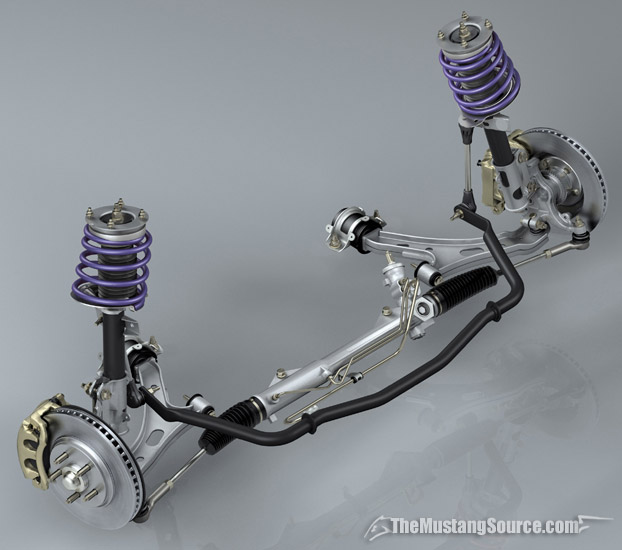
First, let’s talk about the name. The sway bar goes under several different terms to describe it: sway bar, roll bar, anti-roll bar, roll control bar and probably several more that I can’t recall all at once. However, all of those terms describe a part that does the job of controlling body roll as you drive around a corner. I’ll reference it as a “sway bar” for this article.
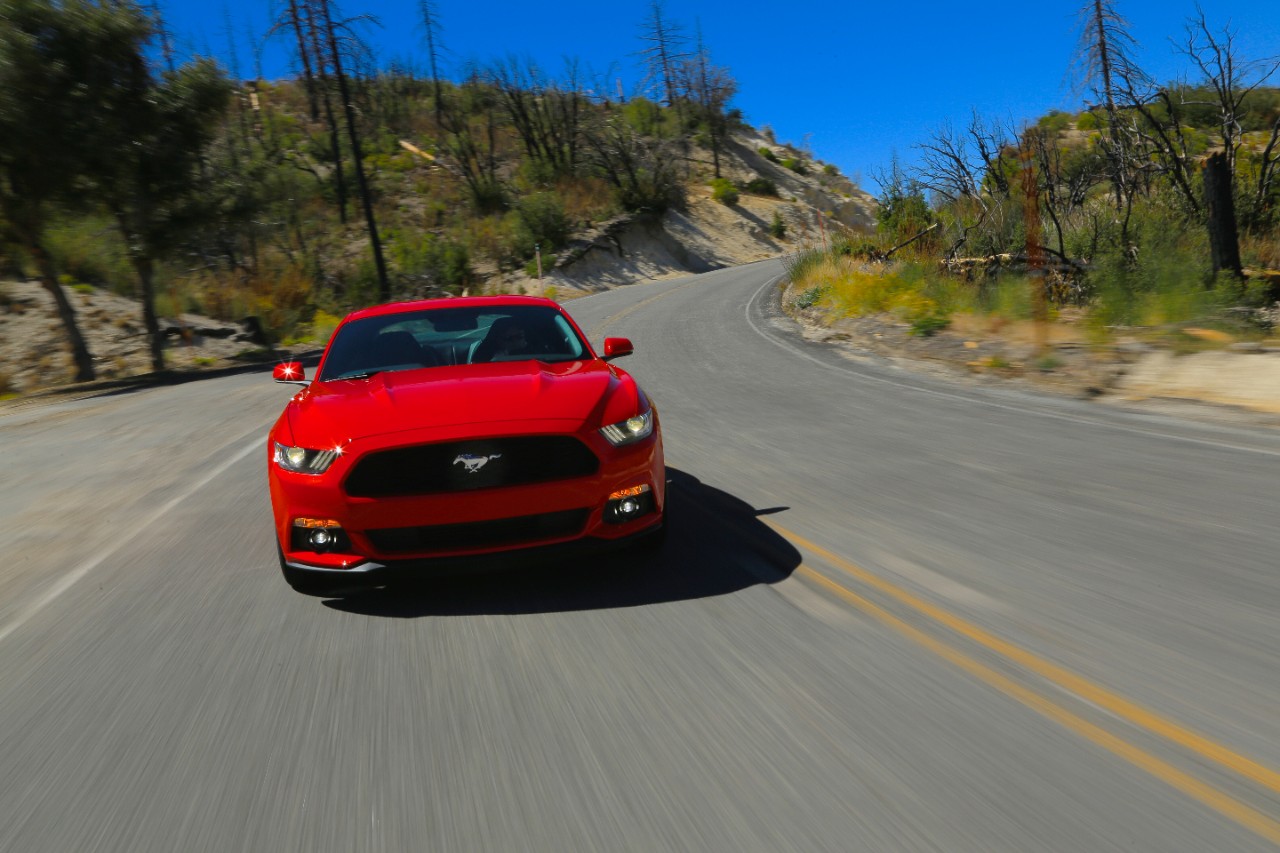
The sway bar only acts on roll, where the weight of the car during a turn compresses the outside suspension (“bound” in suspension engineer speak) while inside suspension droops (rebounds). The sway bar does not act as the suspension travels evenly as it would in a bump situation where both wheels travel at the same time.
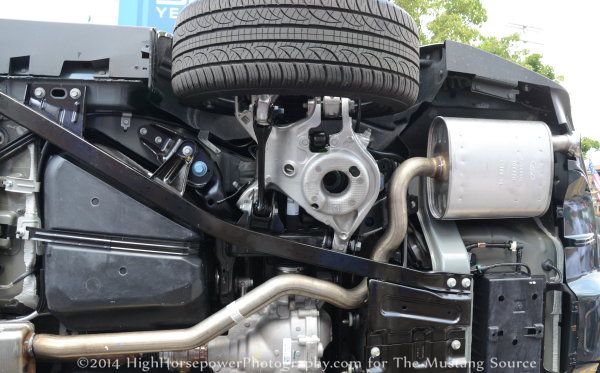
Roll can be controlled by the springs of your Mustang; however, doing so would end up making the suspension very hard for that control. You’d probably end up bouncing your fillings out on a car that uses its springs for roll control … along with your occupants, wife and everything else.
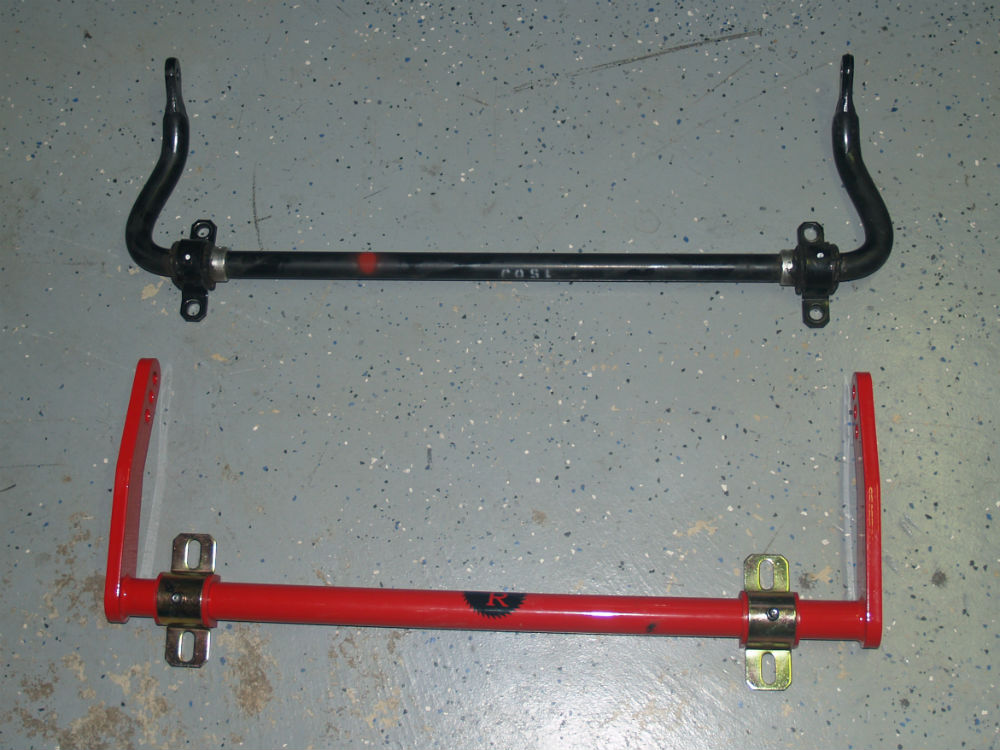
How that sway bar acts on the suspension is determined by several factors: bar diameter, arm length, and placement on the control arm. For the moment, we won’t take material that the sway bar is made of into consideration, though it is also a factor in the end, but one you can’t really control because that’s up to each manufacturer — both OEM and aftermarket. Just know that all sway bars are made of a spring metal.
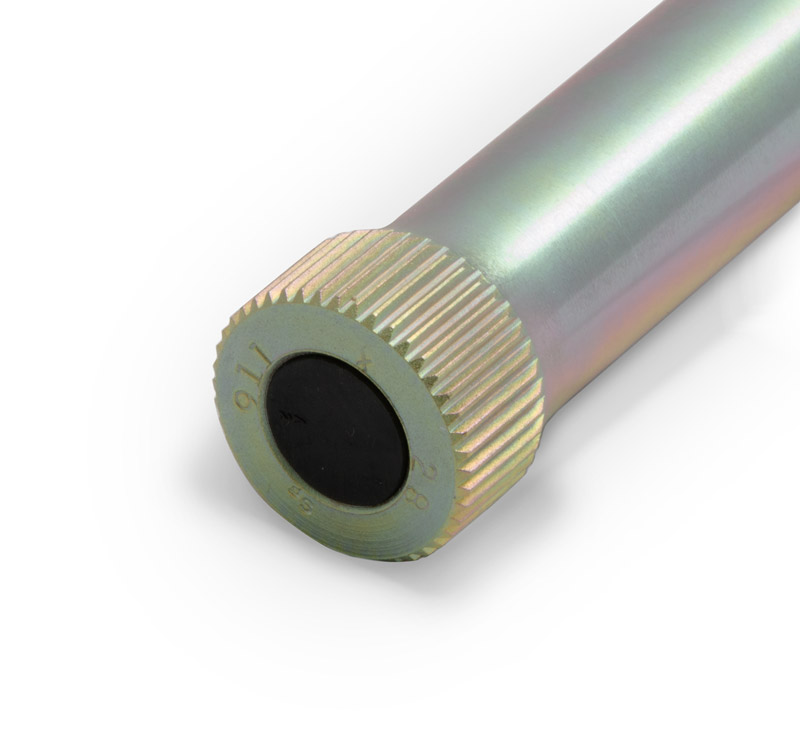
The diameter of a sway bar is the first thing that will get changed from the aftermarket. The thicker the bar, the more stiff it is just as it is with a torsion bar. Essentially, that is exactly what a sway bar is: a torsion bar for roll control. Now, where this can differ is whether the bar is hollow or solid. A 26mm solid bar will most likely be stiffer than a 26mm hollow bar, for example.
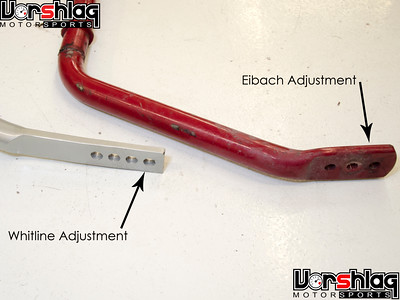
Another factor is the length of the arm of the sway bar. In race cars you see this in the splined arm at the ends of the sway bar. Your OEM sway bars and aftermarket bars built to fit in the OEM position also have “arms”, though they are made into the shape of the sway bar. What the aftermarket will do is add a few different holes at the ends of the sway bar where the sway bar end links connect and this changes the effective length.
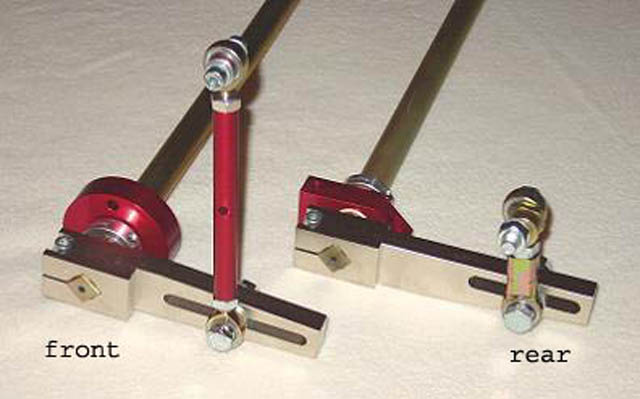
The shorter the arm (or closer the end links are to the center of the bar), the stiffer the sway bar acts. The further, the softer. The arm is a lever and if you want to get an idea of how that works, take a ruler and try to bend it from several different lengths. You’ll see that it’s easier to bend the farther away from the pivot you are.
Finally, the position where the end link attaches to the control arm will affect how much the sway bar acts on the suspension. This is known as wheel rate and is calculated with this formula: Wheel Rate=Spring Rate*(Motion Ratio^2)*Spring Angle Correction. For a sway bar, Spring Angle Correction will be 1. The motion ratio is the ratio between how much the spring is compressed compared with how much the wheel is actually moved. For example, if the spring only compresses 0.6 inches when the wheel is moved one inch, that would be a 0.6 motion ratio. This calculator can help: hypercoils.com/spring-calculator
